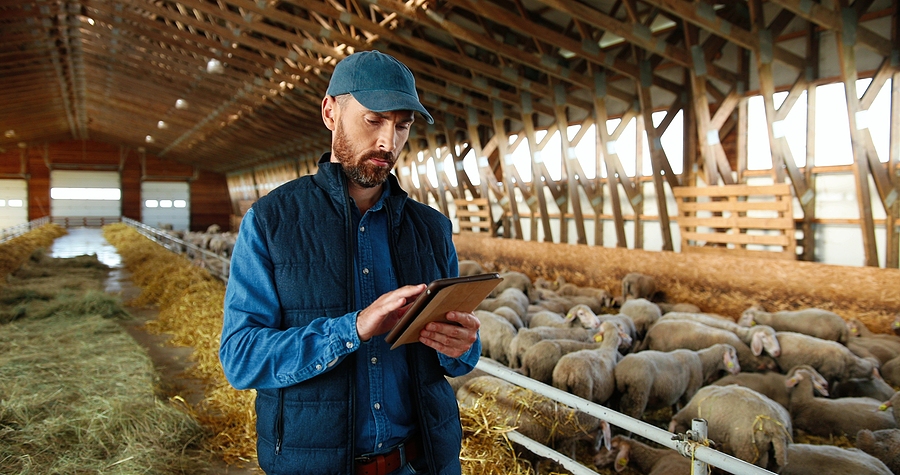
The world of education is always in flux. With new methodologies, technologies, and research findings constantly emerging, it’s crucial for educators to stay updated. This ensures they’re equipped with the best tools and strategies to foster optimal learning environments. Continuous professional development (CPD) is pivotal to this. From understanding pedagogical strategies to implementing modern classroom tools, teachers around the world constantly seek avenues to enhance their skillset.
The Shift to Tech-Driven Learning
As we wade deeper into the 21st century, the integration of technology in classrooms has become an integral aspect of modern education. From tablets replacing traditional textbooks to virtual reality field trips, the landscape of teaching has transformed drastically in just a few decades. With this shift, there’s an increasing demand for educators to not only be comfortable with these tools but also to effectively integrate them into their teaching methods.
However, it’s not just about knowing how to use the tech. It’s about knowing when and why. That’s where continuous professional development plays its role. Engaging in teacher-focused upskilling programs helps educators understand the nuances of these tools and aligns them with the curriculum, making lessons more interactive and effective.
Why Flexibility in CPD is Essential
While many institutions offer fixed CPD courses, the needs of every teacher can vary based on their subject, grade level, and personal teaching style. Hence, flexible programs that cater to individual needs are on the rise. These allow educators to pick and choose the modules they believe will most benefit their classrooms.
Moreover, as the world becomes more interconnected, there’s a growing emphasis on global education strategies. By broadening their horizons and learning about teaching techniques from around the world, educators can bring a richer, more diverse perspective to their students.
The Role of Peer Learning and Collaboration
Another significant aspect of CPD is the opportunity it presents for peer learning. Engaging with fellow educators, sharing experiences, and collaborating on strategies can provide invaluable insights. This form of interactive learning not only enriches the teacher’s knowledge but also fosters a sense of community.
Often, educators come across unique challenges that aren’t covered in textbooks or traditional CPD modules. By participating in peer-driven workshops or discussion groups, they can find solutions rooted in real-world experience.
Looking Ahead: The Future of CPD
The future holds immense promise for the realm of continuous professional development. With the emergence of artificial intelligence and machine learning, there’s potential for creating personalised learning paths for educators. These paths would factor in an educator’s strengths, weaknesses, and past experiences, tailoring the content to be most beneficial.
In addition to tech advancements, there’s also a push towards recognising soft skills within the CPD framework. Emotional intelligence, conflict resolution, and leadership are just a few of the non-academic skills that are gaining prominence in teacher training modules.
Conclusion
As the demands of the modern classroom evolve, so too must the strategies and skills of our educators. Continuous professional development is the bridge that ensures teachers are prepared to meet these challenges head-on. By embracing the latest in technology, prioritising flexibility, and fostering a culture of peer learning, we can ensure that our educators are not only equipped to teach but to inspire.
For those interested in delving deeper into the global perspectives on education, you might want to explore educational methodologies across cultures to gain insights from different corners of the world.



